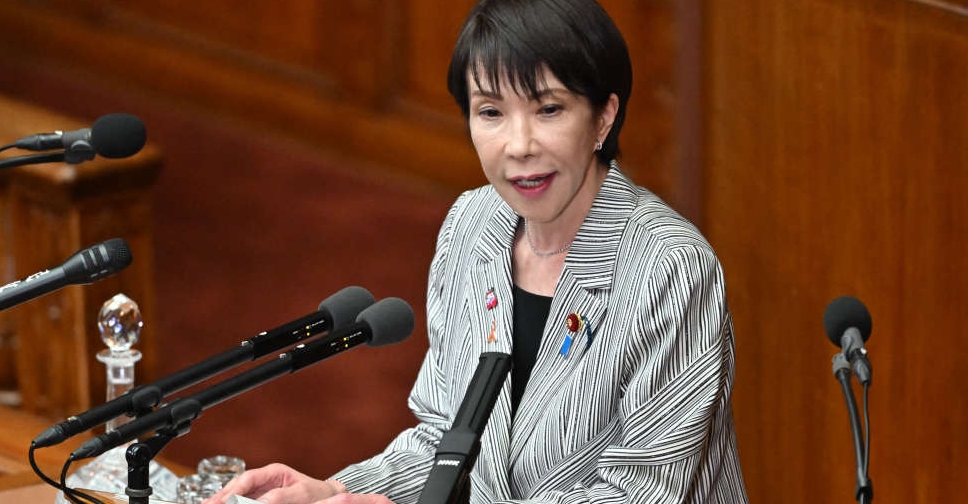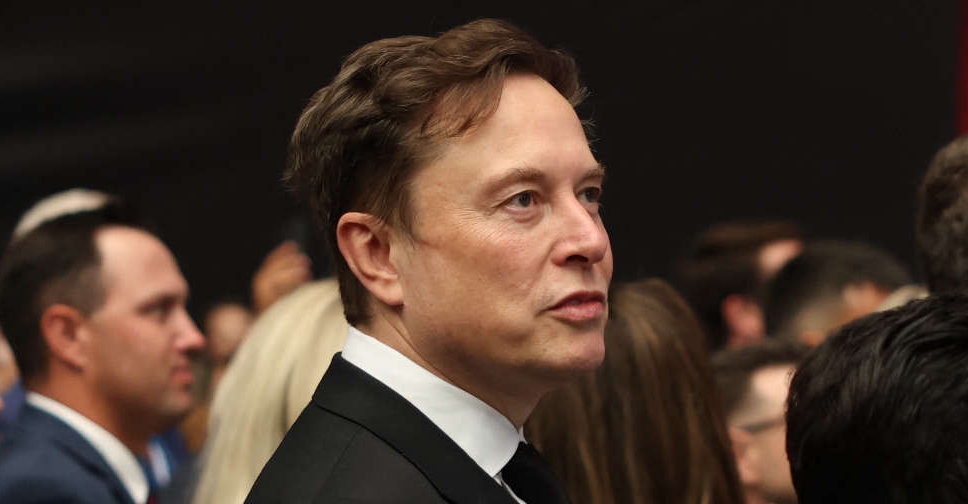
China’s leaders gathering in Beijing this week to formulate the 13th five-year plan confront an era of sub-7% economic growth for the first time since Deng Xiaoping opened the nation to the outside world in the late 1970s. Old drivers such as manufacturing and residential construction are spluttering, and new areas like consumption, services and innovation aren’t picking up the slack quickly enough. While President Xi Jinping’s blueprint for 2016-2020 will seek to map out the structural change needed to propel the next leg in China’s march toward high-income status, a more immediate fix has been delivered with the sixth interest-rate cut in a year. "Defensive economic stimulus is needed to ensure that structural reforms maintain their momentum," said Stephen Jen, co-founder of London-based hedge fund SLJ Macro Partners LLP. "If growth slows too much, the pace of structural reforms in China will also need to be curtailed. The government wants to conduct reforms before the macro conditions get worse." Late Friday, China announced it would cut benchmark interest rates, stepping up the battle against deflationary pressures and easing the financing burden on indebted local governments and companies. It also lowered the amount of deposits banks most hold as reserves, adding liquidity that has been drained by intensifying capital outflows since August’s yuan devaluation. Asian stocks rose with the Australian dollar, while the yuan was little changed in offshore trading. The Shanghai Composite Index added 0.7% at 10:25 am local time. Growth Target China is striving for a growth target of about 7% this year while pushing ahead with reforms that include interest-rate liberalisation, winning reserve status for its currency and making state enterprises more efficient. Those reforms, and others deliberated at the so-called plenum gathering in Beijing this week, will become harder to pull off if stimulus measures fail to underpin an economy already on pace for its slowest expansion in a quarter of a century. China didn’t say it will “guard to death” a certain level of GDP growth, though it will maintain economic expansion within a reasonable range, Premier Li Keqiang said according to local media. While growth of 6.9% was recorded for the third quarter, the economy’s industrial core is far weaker, says Bill Adams, an economist at PNC Financial Services Group. Fixed-asset investment is set to expand at the slowest rate since 2000 and Bloomberg’s monthly GDP tracker showed a deceleration to 6.55% in September from 6.64% the prior month. “The inability of monetary and fiscal policy stimulus measures to provide lasting solutions to China’s economic problems continues to make key economic reforms critical," said Rajiv Biswas, Asia-Pacific chief economist at IHS Global Insight in Singapore. "The significant excess capacity in key sectors of manufacturing and construction is dampening the ability of monetary policy easing to stimulate investment." Xi’s Blueprint Xi’s first 5-year plan will touch on almost every corner of nation building, from the military and population policies to environmental measures and a regional investment vision. It is also expected to outline the dismantling of currency controls, lower barriers for foreign non-bank financial firms and emphasise home-grown technologies. Underscoring the juggling act between reform and stimulus, Friday’s rate-cut announcement was accompanied by the scrapping of a ceiling on deposit rates. That boosts the role of markets in the economy, part of efforts by Li and Xi to find new engines of growth. They’re also seeking to internationalise the nation’s currency, an area they’re making progress on. International Monetary Fund representatives have told China that the yuan is likely to join its basket of reserve currencies soon, according to Chinese officials with knowledge of the matter. Still, some critics argue administering more stimulus now is the wrong medicine and what’s needed are faster and deeper market-driven reforms. China’s sliding growth is mainly caused by too much easy credit channeled into over-investment, says Patrick Chovanec, chief strategist at Silvercrest Asset Management Group LLC in New York. Wrong Move "The evidence of recent years shows that China is getting less and less real GDP growth for every yuan of credit created," said Chovanec, previously an associate professor at Beijing-based Tsinghua University. "In other words, more easing won’t help, and could even hurt." The cut to interest rates may only serve to give yet another lifeline to inefficient state companies, the entities most likely to borrow at the benchmark rate, said Andrew Polk, an economist at the Conference Board in Beijing. The risk is that these state companies add more industrial capacity with the funds, worsening deflation and tightening real monetary conditions for the rest of corporate China, he said. Structural reforms become more urgent as growth slows, especially when the scope for additional stimulus is shrinking, said James Laurenceson, deputy director of the Australia-China Relations Institute at the University of Technology in Sydney. "I expect the slowing growth we have seen this year will only serve to strengthen Xi and Li’s resolve to make the 13th five-year plan a transformational document," he said. "Private sector innovation and entrepreneurship will be at its heart." (Bloomberg News)



 Japan to seek boosting investment with upcoming economic stimulus
Japan to seek boosting investment with upcoming economic stimulus
 UAE family businesses drive 60% of GDP, key to 2031 Vision
UAE family businesses drive 60% of GDP, key to 2031 Vision
 Elon Musk's $1 trillion Tesla pay plan wins shareholder approval
Elon Musk's $1 trillion Tesla pay plan wins shareholder approval
 Microsoft to train over 300,000 in UAE with AI skills
Microsoft to train over 300,000 in UAE with AI skills
 Ennismore, Dubai Holding to launch 'Caravan Hatta by Our Habitas'
Ennismore, Dubai Holding to launch 'Caravan Hatta by Our Habitas'



